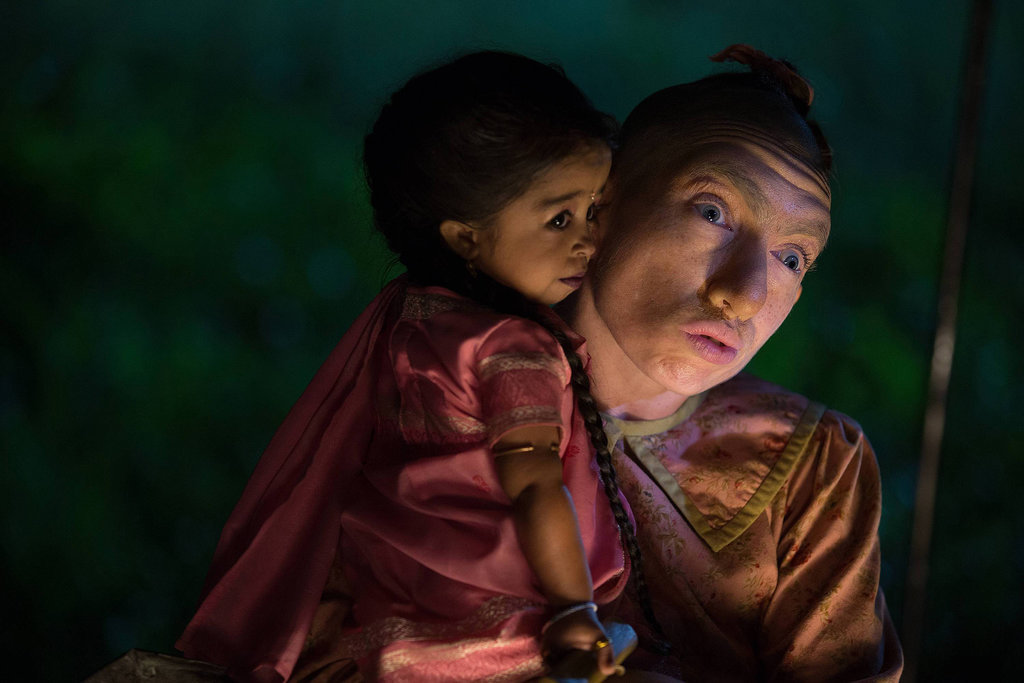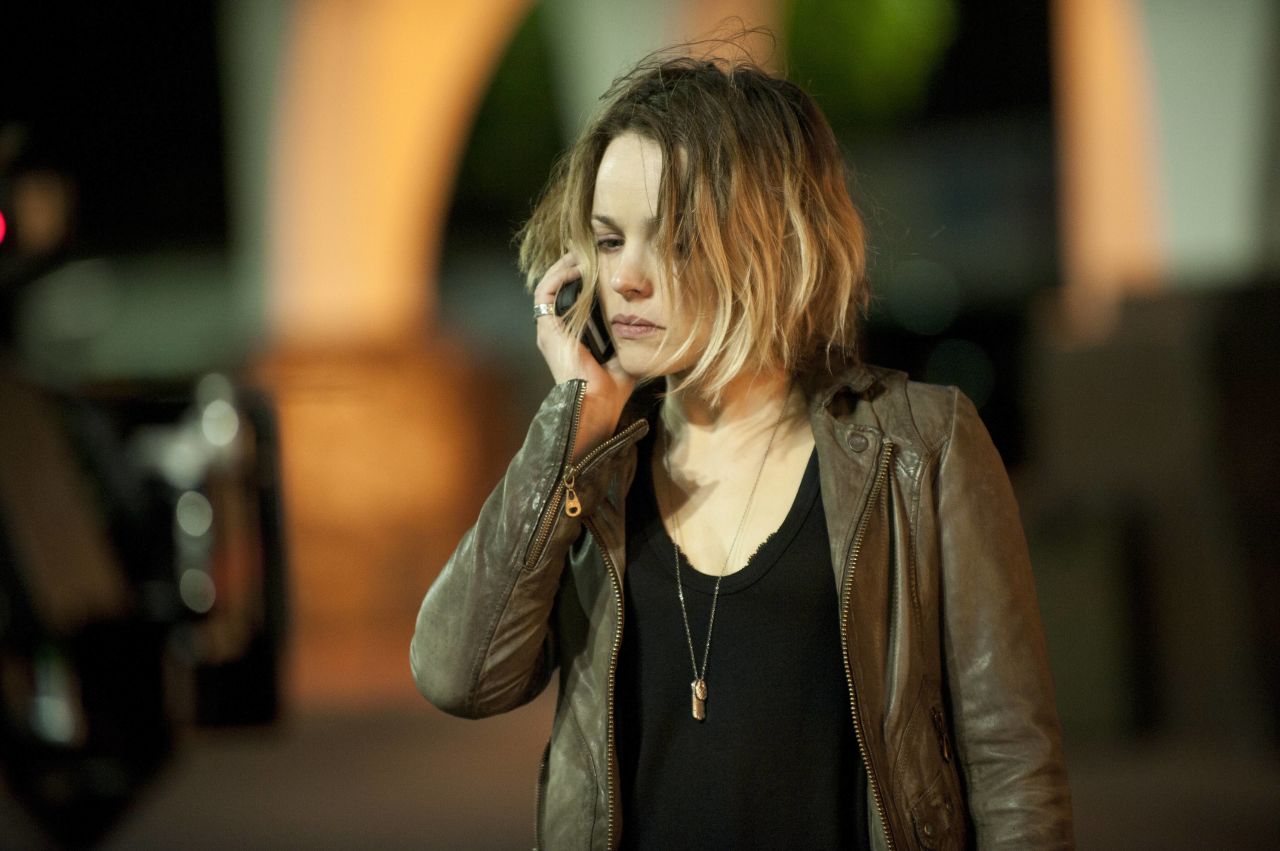The secret challenge for 'True Detective' Season 2? Selling anthology TV.
If there’s a downside to being a smash hit TV show in your first season, it’s setting the bar too high for season 2. Nobody wants to join the ranks of the shows that burst onto the scene, only to choke when they try for a repeat performance. And when your show is based on telling a different story with new characters every season, the stakes are even higher: when it comes to holding on to your audience, it’s like going into a fight with your arm tied behind your back.
But sometimes, limitations actually fuel creativity. Ever since the first arc on HBO’s True Detective finished up last year, the chatter amongst critics and newly-minted fans settled on where the show could go next. We knew we’d seen the last of Rust Cohle (Matthew McConaughey) and Marty Hart (Woody Harrelson), and that the new season would take us elsewhere, to a new group of investigators whose personal and professional lives intertwine. The question is whether this experiment by the True Detective creative team will succeed – not only in making good television, but in proving whether these single-season stories – collectively known as anthologies– will be the next TV revolution.
Why are anthologies such a positive step for TV? If there’s one problem in American TV that trips up even the best of shows, it’s the temptation to drag out the story over a truly ridiculous number of seasons, and a heavy order of episodes per year. I don’t care how passionate you are about The Good Wife – it’s hard for me to believe that we really needed 134 episodes of it over six years. (I look forward to your incredulous defenses of Alicia Florrick’s long tenure on TV.)
Anthology series avoid this by acknowledging that many stories need a concise beginning, middle and end. This is especially true with crime stories about cops chasing serial killers, as it becomes hard to believe that a cop would face off against dozens of sadistic, meticulously careful murderers in their career.
Instead, True Detective has crafted at least one surprisingly detailed mystery so far, and resisted to urge to either stretch it out over a hundred episodes or to saddle the same characters with further puzzles. We move on to another city, another set of problems, but the show still holds on to one of its central messages: it doesn’t matter where you go - there’s always darkness and light fighting for control.
This isn’t to say that True Detective is leading the way in anthology programming. American Horror Story on FX has been doing it for four seasons so far, with a fifth on the way. But that show, created by Ryan Murphy and Brad Falchuk, is arguably a little too specialized to kick off a new anthology TV trend. Its horror and erotic thriller elements aren’t for everybody, whereas the crime themes (albeit some very dark ones) in True Detective or FX’s Fargo may be the type of material that kicks off a new craze that even the big networks will join.
For a seasoned TV viewer, the possibilities of more anthology series on TV are tantalizing. Imagine a legal drama that hops between different jurisdictions, or a comedy series where each season covers a new branch of a retail chain. The format allows writers to tell self-contained stories that don’t run out of steam, while still building up larger ideas that weave through the whole run of a program.
The risks in anthology TV are definitely much bigger than in a traditional serialized or episodic series. What if the audience has become too attached to the characters they loved from the first season? Can they form a similar connection with new actors and a new setting? In the case of True Detective, there’s also the worry over whether the occult nature of the crime investigated by Cohle and Hart is part of the DNA of the show – something the viewers can’t live without. As far as we’ve heard, season 2 won’t include this angle, and it’s possible that True Detective won’t feel the same.
Sadly, I’m not given access to the advance review copies of the show (hint hint, HBO), so I’ll have to discover the answer week by week, along with you. But even based on the season premiere that aired Sunday night, it’s clear that there’s still plenty of the True Detective we know and love (and sometimes hate) to be found.
The detectives played by Colin Farrell, Rachel McAdams and Taylor Kitsch all carry heavy burdens, like McConaughey and Harrelson’s characters did. They seem lost in what’s good and bad, though the case that frames the season will likely give them a shot at redemption. And yet, the industrial wasteland of Los Angeles that surrounds them (much like the blighted landscape of Louisiana in the first season) is always threatening to draw the officers away from their goal, and towards their “baser tendencies”, as Vince Vaughn’s character puts it.
In this way, the new season feels familiar, and yet very new. We don’t know how these detectives will approach the case – they don’t seem to have the genius observational skills of Cohle – and so we’re drawn into solving another mystery alongside them, though the rules of the game are different. As viewers, we’re invited to not only decode the mystery in the world of the show, but to decode the material of the show itself – its characters and ideas. And as anybody who’s solved a jigsaw puzzle will tell you, it’s usually not as fun to put together the same picture twice. Here’s hoping True Detective can meet the lofty goal it’s set for itself, and lead the way for more shows like it.
-
What do you think of the new season of True Detective so far? Is it living up to the standard set by season 1? Or is the anthology structure too much for your average TV viewer? Join the discussion in the comments section, and if you liked this post, share it with your friends and followers!



